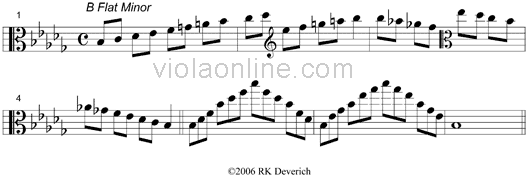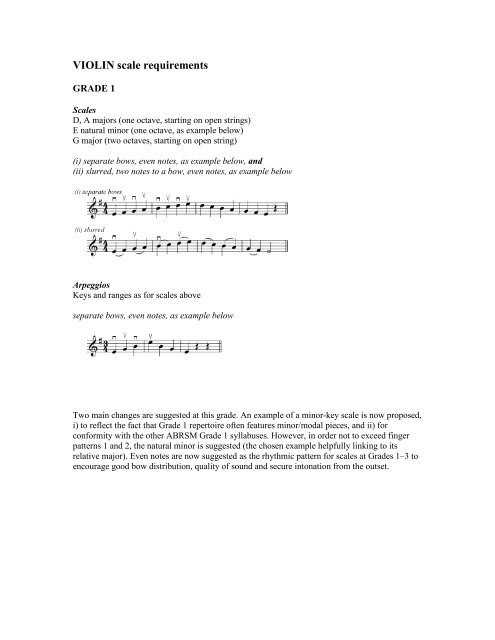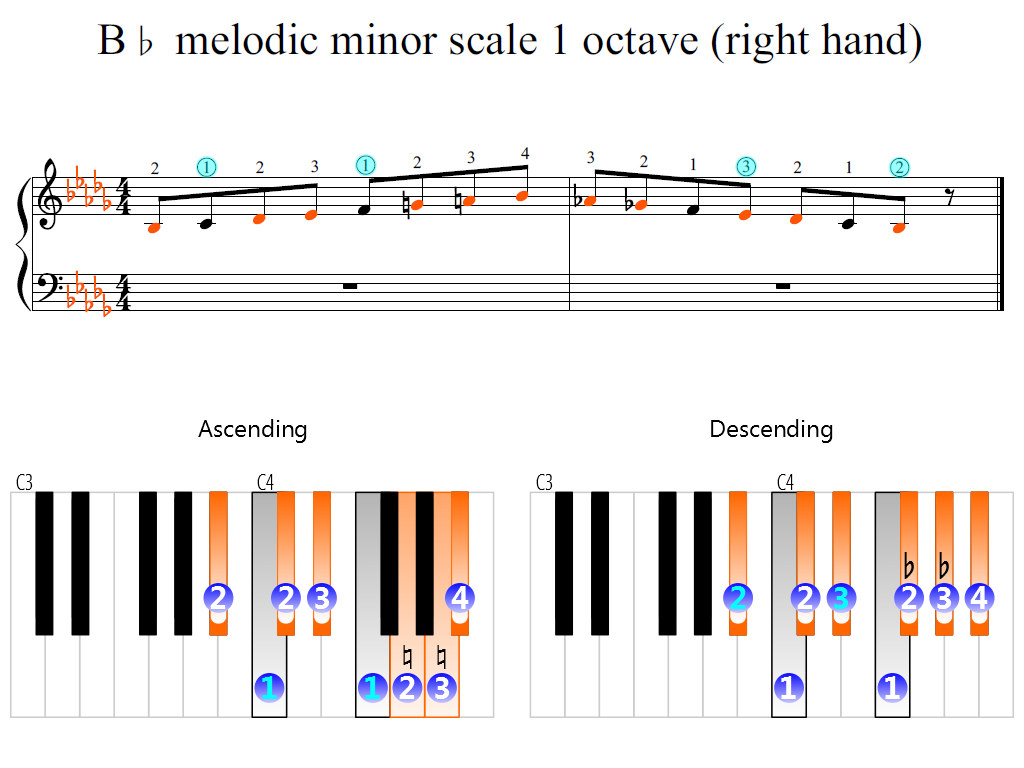


They are the natural, melodic and harmonic minor scales. There are three types of minor scales and we shall take a look at all of them here. May be it's because my music school is more into "having fun" than preparing us for an Audition to enter a Conservatoire.This lesson is all about the D minor scale. So to sum up, it's not that they don't teach scales or don't want us to practice scales, but they surely don't make us look at them as a very fundamental thing you must do everyday, as I see here or read in other places or even Itzhak himself has said. Other students friends of mine don't talk about practicing scales, they mostly practice the pieces they're gonna play in the internal concerts of the school, and also etudes, but that's it. I myself started in my first 1-2 months with G, D and A major scales, but as soon as my teacher saw I was starting to sound "in tune", we switched to repertoire, easy songs, etc.
#Melodic minor scales viola 2 octave how to
I don't know anything about your teacher, but a good teacher can teach you how to play scales and listen to yourself. You also start out learning arpeggios, which are really important as well. You keep adding different key signatures, and minor scales, and then add a second octave, and then a third later, and then finally a fourth in some cases. You start with one octave scales in something simple, like g major, d major or c major. You don't have to start out really complicated. When I started with my teacher now, I got really serious about scales, and it has helped my playing out a lot. As a child, I did some scales, but not consistently and not enough, and more importantly, I didn't really listen to myself. I would be wary of a school that doesn't do scales for years. They are sort of the most basic building blocks of violin technique. Thanks again and perhaps I will share my exam results (at least my scale part) with you guys once I receive it, which will be quite far away from now haha.Īnd by the way, this forum is one of the most friendly and active forums I've seen in a while! :) Hmm.and what's the 'Yost shiffting exercises' and 'Schradieck'? I have just started to focus on violin and do not know much about things related violin. scales descend on the E string which I think it is pretty nice, isn't it? What is the difference anyway? Why should I descend on the A string when it is easier (for me) on E string? One question I have is I ascend on the A string (to third position) and should I descend on the E string or the A string? On my book I remember the F, F sharp and G etc. At least I know the structure for major/minor scales so I should be able to play something in the exam even I forgot the fingering. I just went through the scales and tried to fingure out the figering pattern for the scales.

(I've tried that on my guitar and it was not nice) But I will try to not push myself too hard. :) I hope I'm not hurting myself with the intense practise sessions. I'm practising more than 2 hours a day now to catch up. I have played violin for at least half of a decade and I'm quite ashamed of myself that I still do not know how to play a scale properly :( Maybe there is really no shortcut to scales. I found that doing this improved my intonation and confidence significantly! This can help with intonation and with understanding the structure of the scales which could help with memorizing.Īlso, something that I have found very helpful is playing through all the scales very slowly and listening very carefully to every single note, wherever possible compare the notes to open strings to make sure they are in tune, concentrate on just one small section (4-5 notes) at a time and only move on when you have mastered that little section. By doing this you know that if it is a tone between the two notes your fingers have to be far apart and if it is a semitone then they must be close together. However, something that could help you is to mark the tones and semitones on your scales (this is what my teacher and I have been doing with the scales that trip me up). I agree with the other posters that the best way to fix this problem is practice, practice, practice and more PRACTICE.


 0 kommentar(er)
0 kommentar(er)
